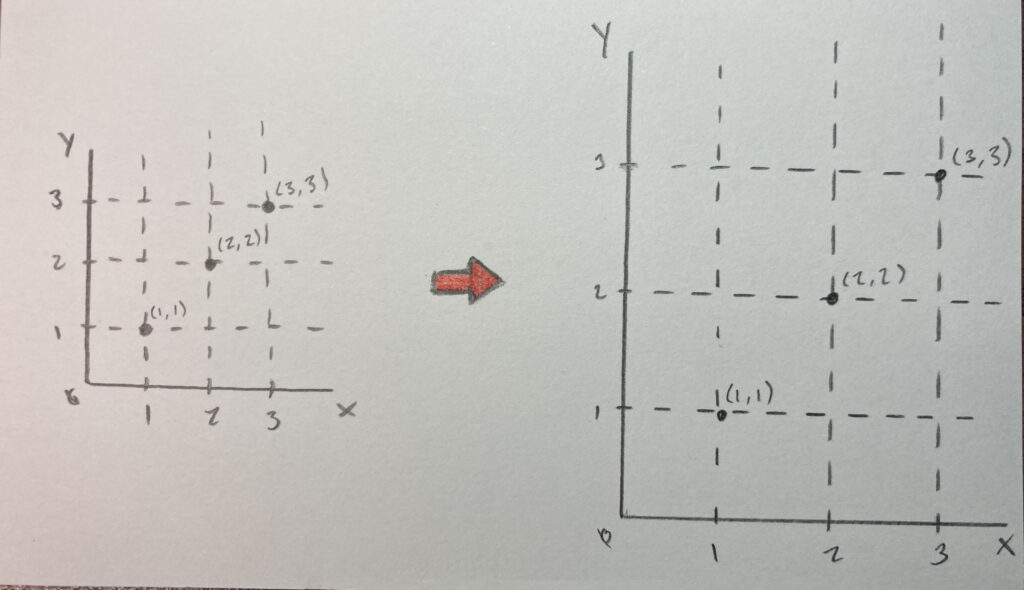This is an experiment that you can do yourself to learn a bit about how scientists think the universe became as large as it is. All you will need is a balloon and a marker. Alternatively, you can treat it as a thought experiment!
The first step is to take your balloon and blow it up just so it holds a circular shape and then block the air off. This balloon is going to represent spacetime. Spacetime is what matter resides on. Using a marker, draw some dots on your balloon. This is our matter.
All together, this balloon and the dots are going to represent the very early universe. When the universe was very young, it was still condensed very close together. Matter was moving away from each other, but it could not travel faster than the speed of light. What this would imply to our universe today is that the amount of the universe we can see, is all there is to see. But scientists don’t believe that this is true. Instead, they think spacetime shows us a different way of getting a large universe.

Take note of the distance between the dots on your balloon. Maybe pick out two favorites to measure specifically, then blow up your balloon as much as you can. Observe the distances between your dots now. They are much farther away than they were before, right? Take a close look at the dots though, they have not moved from their original position on the balloon. The balloon itself has expanded, but the dots stayed in one place. This shows your matter’s position on spacetime has not moved, but rather spacetime itself has expanded.
This stretching of the balloon that leaves the dots in the same position is a simple way to visualize what cosmologists call the “Inflationary Theory”. This is a theory for how the universe was formed. It says that after the initial Big Bang at the beginning of time, there was a very short amount of time in which spacetime inflated to be much much larger than it was to start. Since spacetime is not matter, it can move faster than light without breaking any laws of physics. This made the matter end up far from other matter, but still technically in the same position on spacetime. Think of spacetime as a coordinate grid and matter is on it. This inflation caused the space between the grid lines to get larger, but the matter didn’t move from its position on the grid.

What this means for us now ultimately is that the universe is much larger than what we can see on Earth. This is why we differentiate between the observable universe and the entire universe. The observable universe has a radius that correlates with the age of the universe. This is because light has been traveling constantly since the beginning of time so the farthest light we can see took the entire universe’s lifetime to reach us. Outside of the observable universe though, there is more of the universe that we can’t see, caused by this early inflation of spacetime when the universe was created.
Sowell, James. (2021). Early Universe [Powerpoint Slides]. Retrieved from Georgia Institute of Technology PHYS 2022 Canvas site.
Tsujikawa, S. (2003). Introductory review of cosmic inflation. arXiv preprint hep-ph/0304257.


